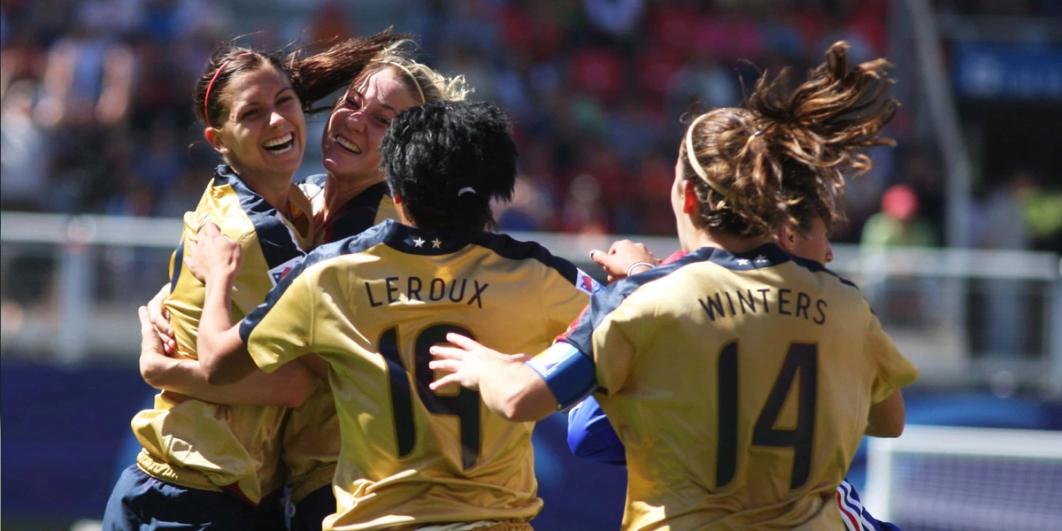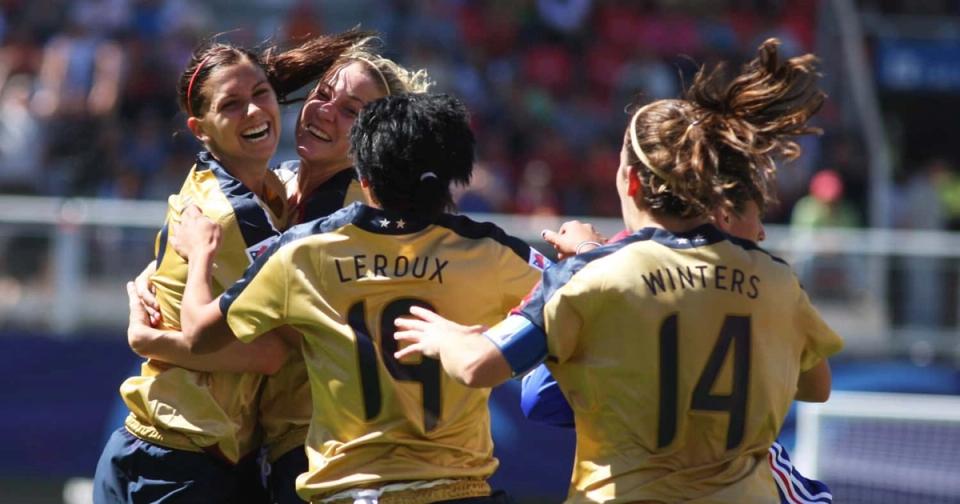FIFA Under-20 World Cup Preps Players For Future Success
With the U.S. Under-20 Women’s National Team heading into the stretch run for World Cup qualifying early next year when it comes together for a training camp at the U.S. Soccer National Training Center in Carson, Calif., it’s a good time to check in with some familiar names in women’s soccer who have unique insight into where these U-20 players are right now and where they could be in a few years.






